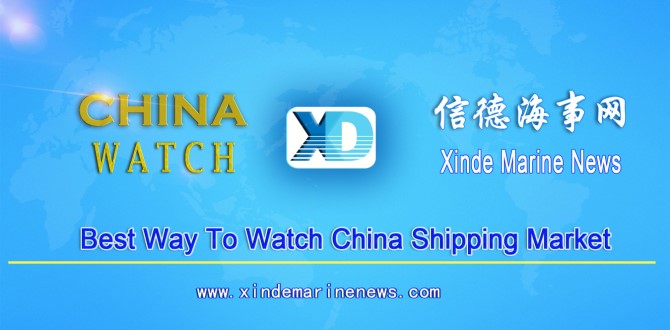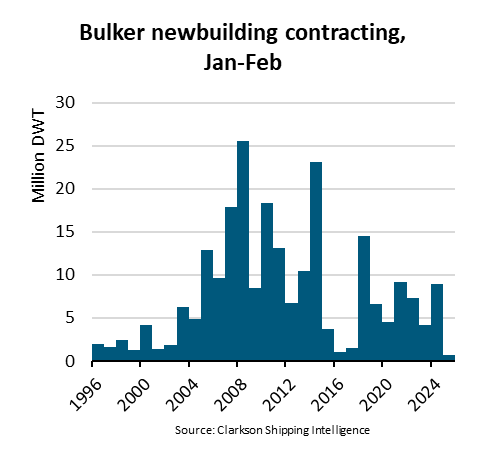
Price differentials for October-loading sour and sweet crude grades in Asia continue to trade at lower levels amid a frail demand recovery from Chinese independent refiners, market sources said in the week beginning Aug. 17.
This was reflected in the weaker price differentials fetched by China-centric grades such as Oman and ESPO, which have remained pressured during the ongoing October loading trading cycle.
The spread between Platts cash Oman — a sour crude grade favored by the independent refiners — and same-month Dubai futures slipped to discounts in August, underpinned by poor demand from Chinese refiners, market sources said. The cash Oman-Dubai futures averaged at a discount of 46 cents/b to-date in August, compared with a premium of 82 cents/b in July, Platts data showed.
Poor domestic margins and port congestions in China — arising from the numerous purchases made in previous months when oil prices were lower — have continued to curb Chinese buying appetite.
Far East Russian ESPO Blend — another favorite among independent refiners — also fared poorly in August, trading at premiums of around 30-50 cents/b against Platts Dubai on a FOB basis for October-loading barrels as compared with premiums of around $1.30-$1.70/b done for September-loading barrels in July, traders said.
“That’s the market given a lack of interest from China and how PG [Persian Gulf] light market is trading recently,” an ESPO trader said this week.
Similarly, November delivery cargoes of Brazilian Lula crude — yet another favorite of Chinese independent refiners — last traded at premiums of around 30 cents/b to January ICE Brent Futures, DES Qingdao basis, which compares with premiums of around $1/b to December ICE Brent Futures, DES Qingdao basis done for October delivery cargoes, traders said.
“Teapot [small-scale independent refineries] demand is still very quiet, not much is moving,” a China-based crude trader said.
IMPORT QUOTA
Market sources also said that the limited availability of import quotas for Chinese independent refiners and high inventories were the reasons for their poor buying appetite.
In China, refineries built and operated by state-owned companies — Sinopec, PetroChina, CNOOC and Sinochem — do not need quotas to import crude. All other refineries, including independents and those owned and operated by state-owned companies such as ChemChina and Norinco, require quotas to refine imported crude.
Crude imports for China’s independent refineries hit an all-time-high of 19.81 million mt, or 4.68 million b/d, in July, which was 5.9% higher than the previous record high of 18.71 million mt in May, Platts data showed.
The volume brings the sector’s overall imports to 107.36 million mt so far this year, up by almost 53% from a year ago. Therefore, a total of around 46.54 million mt, or 9.31 million mt/month of quotas are available for independent refineries to cover August-December imports, far below the January-July average of 15 million mt/month.
Most independent refiners are concerned about the quotas, which will limit their import of cargoes to arrive over November-December.
“It is very unlikely to have additional quota allocated for the rest of the year, despite the fact that we have told the National Energy Administration that we want more [quota],” a Shandong-based refiner said. Beijing allocated a total 179.4 million mt of crude import quotas to 44 qualified refineries so far this year.
Among the quota holders, 43 refiners’ allocations have already hit their quota ceilings, which is set by the National Development Reform Commission based on the refineries’ capacity and other conditions. Only Fuhaichuang Petrochemical is more than likely to have 500,000 mt of quota to meet its ceiling of 4 million mt/year for the rest of the year, according to the allocation rules.
HIGHER INVENTORY, PORT CONGESTION
Meanwhile, the increasing inflow of crude cargoes from the earlier buying spree have led to high inventories — both onshore and offshore — which can help sustain the independent refiners for some time, without them having to make fresh purchases anytime soon, market sources said.
According to Kpler, a data intelligence firm, onshore crude inventory at Shandong province, where the small-scale independent refineries are concentrated, hit a record high 206.9 million barrels in the week beginning Aug.17. The inventory level fell to 173.51 million barrels once in mid-May, but kept its steep uptrend.
In addition, about 42 crude cargoes have been floating in Shandong waters for more than seven days, Kpler’s data showed, highlighting the persisting port congestion.
“A crude cargo needs to wait at least 15 days in the discharging queue, despite the congestion having eased slightly from a waiting time of more than 20 days,” a source with Qingdao Port in Shandong, China’s top crude port by turnover, said.
Source:Platts
The opinions expressed herein are the author's and not necessarily those of The Xinde Marine News.
Please Contact Us at:
media@xindemarine.com


 Ningbo Containerized Freight Index Weekly Commentar
Ningbo Containerized Freight Index Weekly Commentar  Ningbo Containerized Freight Index Weekly Commentar
Ningbo Containerized Freight Index Weekly Commentar  Ningbo Containerized Freight Index Weekly Commentar
Ningbo Containerized Freight Index Weekly Commentar  BIMCO Shipping Number of the Week: Bulker newbuildi
BIMCO Shipping Number of the Week: Bulker newbuildi  Ningbo Containerized Freight Index Weekly Commentar
Ningbo Containerized Freight Index Weekly Commentar  Ningbo Containerized Freight Index Weekly Commentar
Ningbo Containerized Freight Index Weekly Commentar